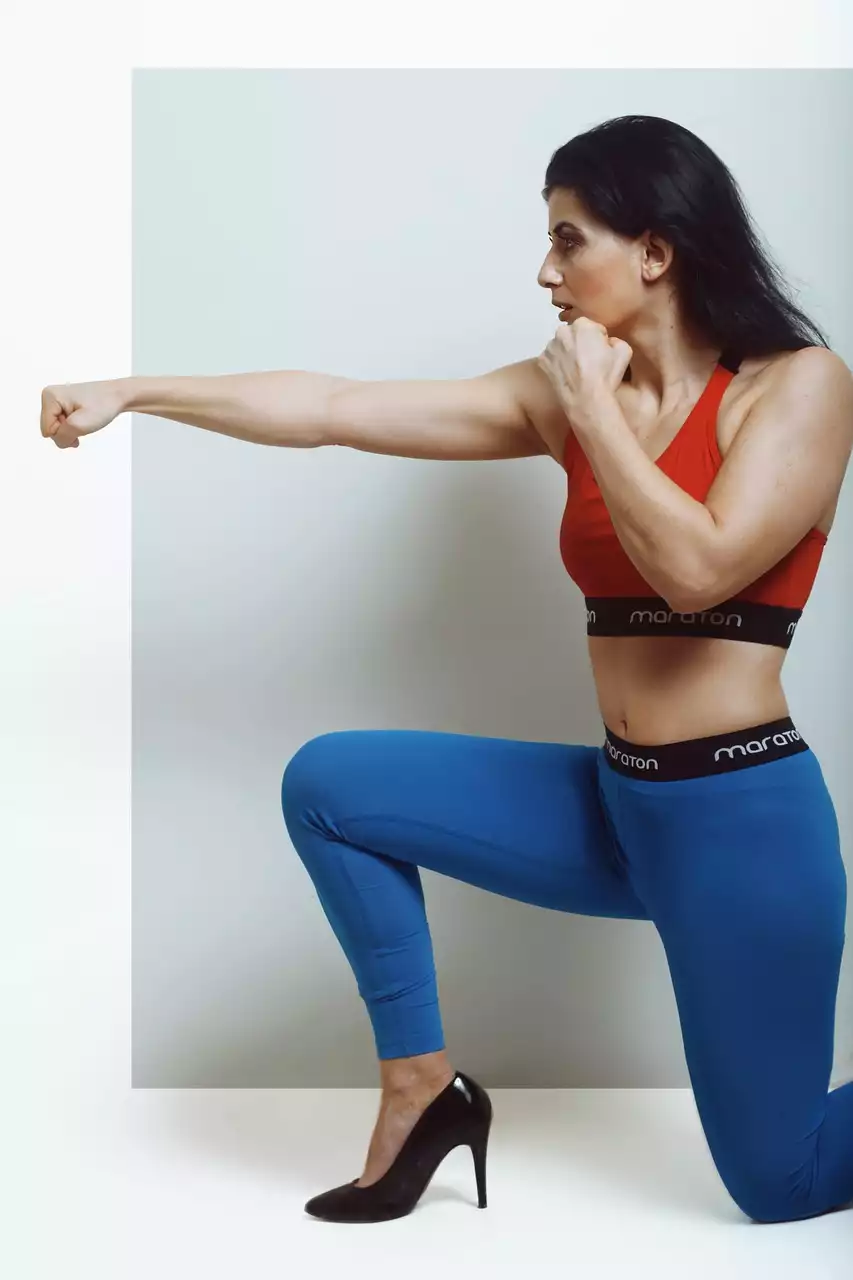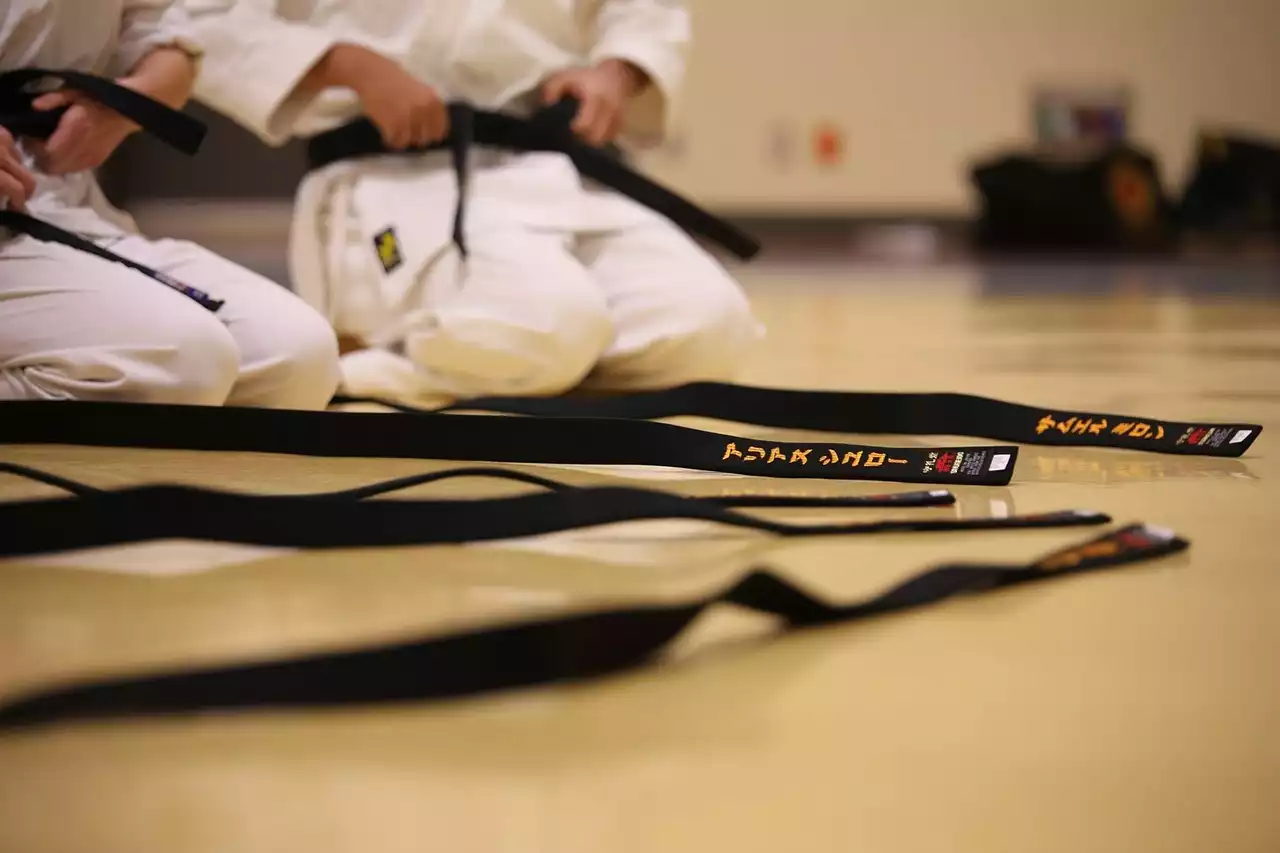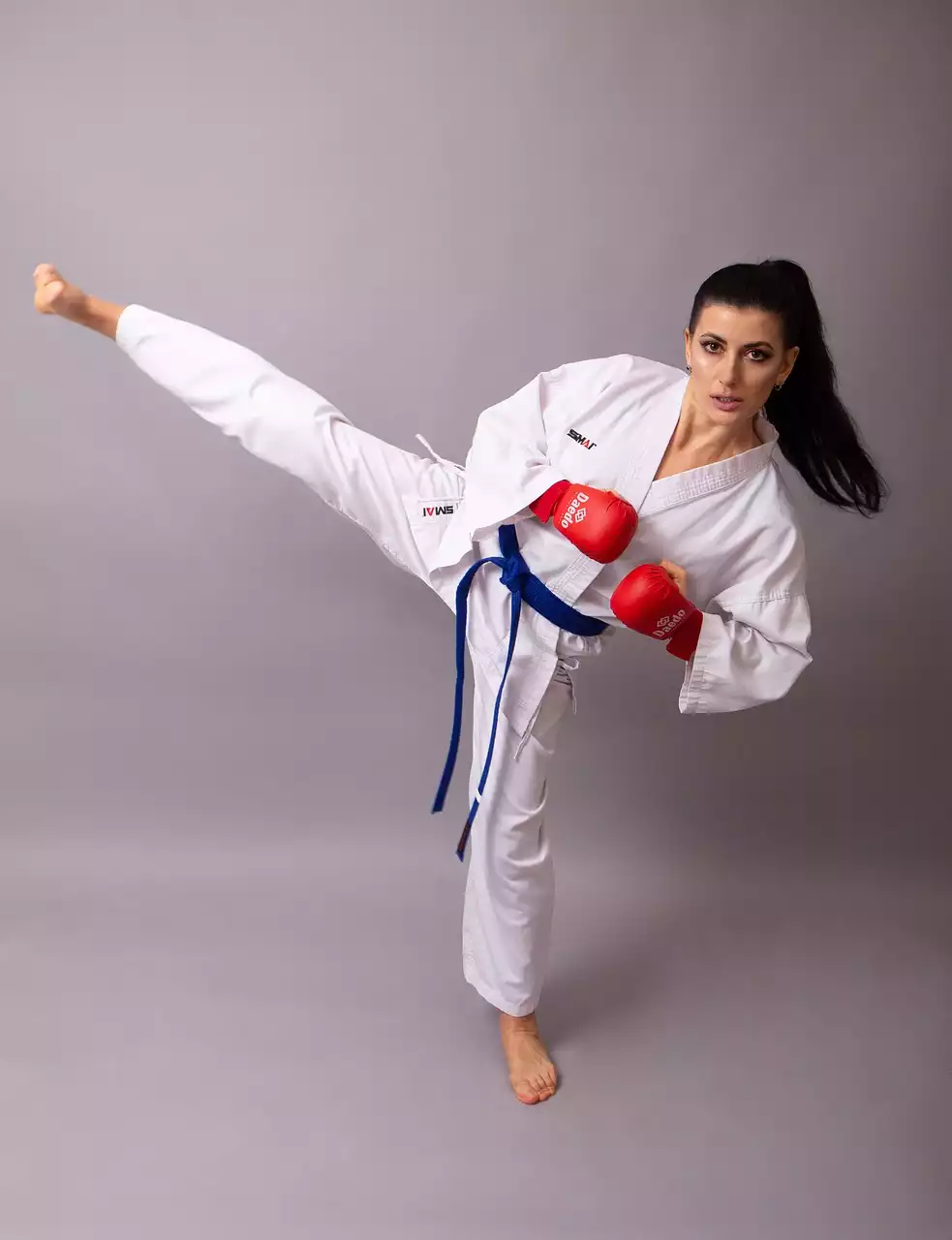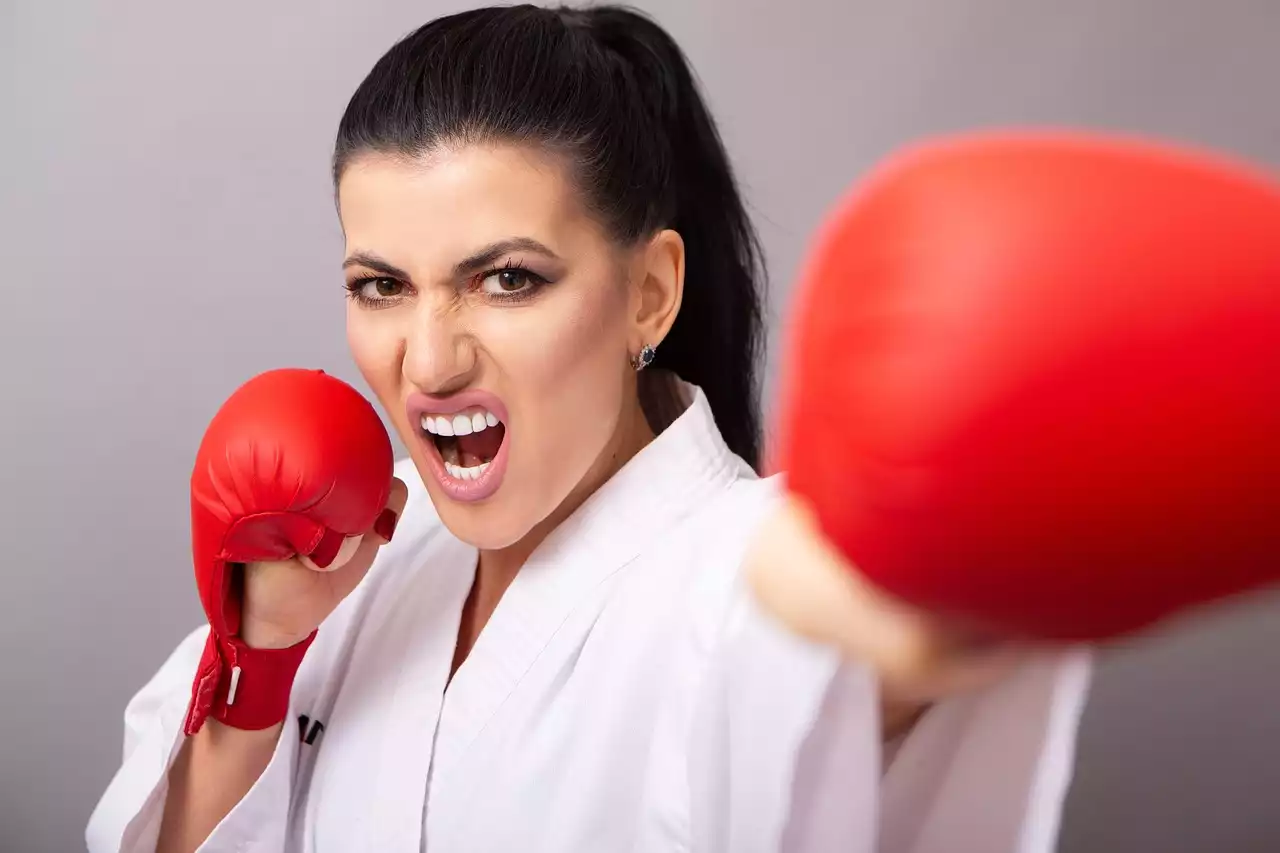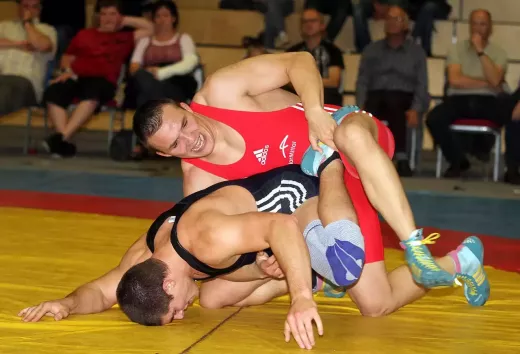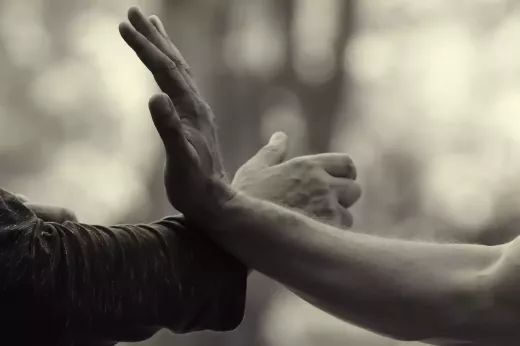Essential Techniques for Practicing Advanced Karate
There are a variety of techniques that are essential for practicing advanced karate. The first is learning how to properly execute basic karate strikes, such as punches, kicks, and blocks. It is important to learn the correct form and technique for each strike, as these are the building blocks of advanced karate techniques. Additionally, you should also practice the basics of kata (forms), which are pre-arranged sequences of movements. Kata is a great way to practice the basics of karate, as it puts all the techniques together in one sequence.
Another important technique for practicing advanced karate is learning how to apply the techniques in realistic scenarios. This is done through a form of sparring known as kumite. In kumite, you will use the techniques you have learned in a controlled environment, with a partner or instructor. This is a great way to practice your techniques and learn how to apply them in real-world situations.
Finally, it is important to learn how to remain calm and focused in stressful and chaotic situations. This is an essential skill for advanced karate practitioners, as it allows you to remain in control of yourself and the situation. It also helps you stay focused on the task at hand and maintain your composure.
Techniques for Defending Yourself with Karate
Karate is a powerful form of self-defense, and it can be used to protect yourself and others in dangerous situations. Various techniques can be used to defend yourself with karate, and it is important to learn them to become an effective practitioner.
The first technique is learning how to use evasive maneuvers. This involves using a combination of footwork, body positioning, and techniques to avoid or deflect an attacker's strikes. It is important to practice these techniques, as they can help you stay safe during a physical altercation.
The next technique is learning how to use joint locks and throws. These are effective techniques for defending yourself, as they can immobilize an attacker and help you gain the upper hand. It is important to learn and practice these techniques, as they can be used to effectively control and subdue an attacker.
Finally, it is important to learn how to use strikes and kicks to defend yourself. These techniques can be used to immobilize an attacker and cause them to back off. It is important to practice and master these techniques, as they can be used to effectively defend yourself in a physical altercation.
The Different Types of Karate Stances
Karate stances are an important part of the art, and they are used to develop balance and stability. There are various types of stances, and each has its purpose and application. It is important to learn and practice the various stances, as they can help you become a more proficient karate practitioner.
The first type of stance is the front stance. This is a basic stance that is used in a variety of techniques, and it develops balance and stability. It is important to practice this stance, as it is the foundation of many advanced karate techniques.
The next type of stance is the back stance. This is a more advanced stance, and it is used to develop greater stability and power. It is important to practice this stance, as it can be used to execute powerful techniques.
The third type of stance is the cat stance. This is a more advanced stance, and it is used to develop agility and speed. It is important to practice this stance, as it can help you become a more agile and powerful practitioner.
Finally, the fourth type of stance is the horse stance. This is an advanced stance, and it is used to develop strength and power. It is important to practice this stance, as it can help you become a more powerful karate practitioner.
How to Perform Karate Kata (Forms)
Kata (forms) are an important part of the art, and they are used to practice and master the techniques of karate. It is important to learn and practice kata, as it is a great way to practice the basics of karate and develop a better understanding of the art.
The first step to performing kata is to learn the proper form and technique. This involves learning the various stances, blocks, and strikes that constitute a kata. It is important to practice the form and technique, as it is the foundation of performing kata correctly.
The next step is to practice the kata slowly and deliberately. This helps you become more familiar with the movements and techniques, as well as develop your balance and coordination. It is important to practice the kata slowly and with purpose, as this will help you perform the kata correctly.
The third step is to practice the kata at a faster pace. This helps you develop speed and power, as well as become more proficient in the techniques of karate. It is important to practice the kata at a faster pace, as this can help you become a more skilled practitioner.
Finally, the fourth step is to practice the kata with a partner. This helps you develop the skills necessary for performing kata correctly, as well as become more aware of your opponent's movements. It is important to practice the kata with a partner, as this will help you become a more proficient karate practitioner.
Advanced Karate Sparring Strategies
Kumite (sparring) is an important part of learning advanced karate techniques, and it is used to develop the skills necessary for self-defense. It is important to learn and practice various sparring strategies, as they can help you become a more effective karate practitioner.
The first strategy is to focus on footwork. Footwork is an essential part of kumite, and it is important to practice and develop it. By focusing on footwork, you can become more aware of your opponent's movements, as well as increase your speed and agility.
The next strategy is to practice evasion and defense. This involves learning how to evade and block an opponent's strikes, as well as counterattack with techniques of your own. It is important to practice evasion and defense, as it can help you stay safe in a sparring match.
The third strategy is to practice offensive techniques. This involves learning how to use strikes and kicks to counterattack and gain the upper hand. It is important to practice offensive techniques, as they can help you become a more effective karate practitioner.
Finally, the fourth strategy is to practice mental strategies. This involves learning how to stay calm and focused in a sparring match, as well as using psychological strategies to gain the upper hand. It is important to practice mental strategies, as they can help you become a more successful karate practitioner.
